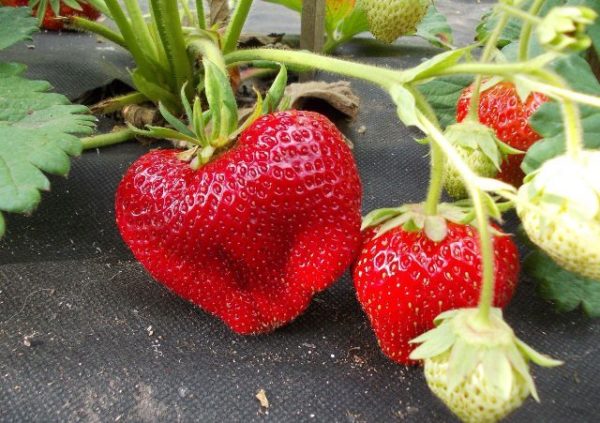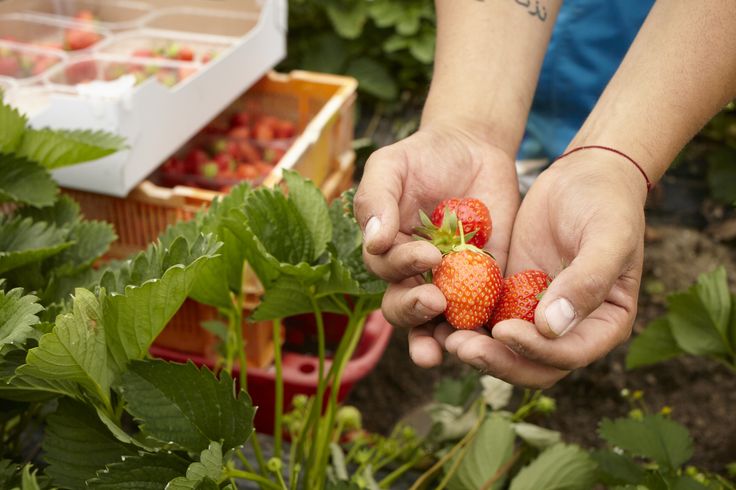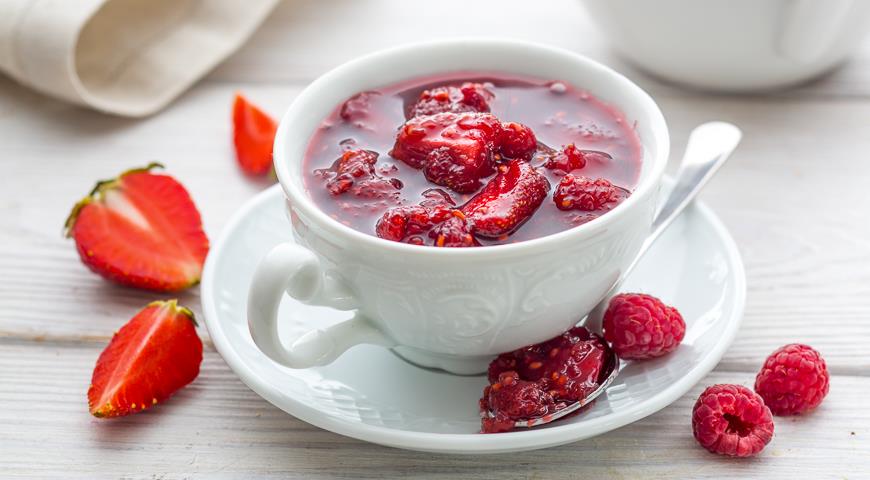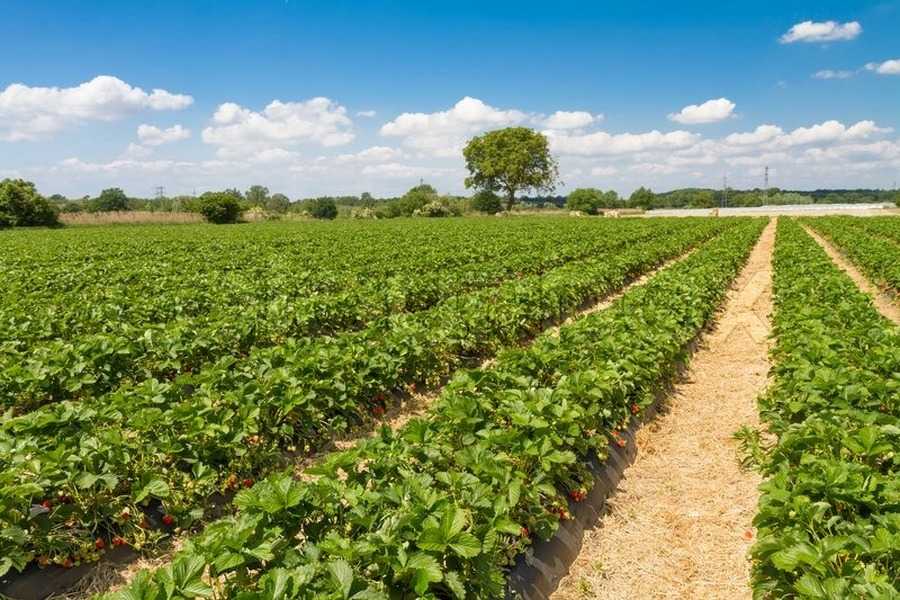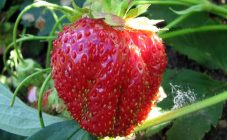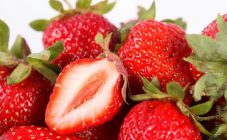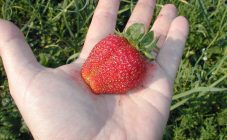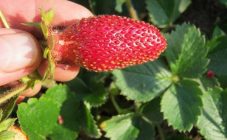Content:
Today's strawberries include a myriad of varieties. Gardeners are happy to collect them, realizing their passion for this berry. All options have advantages and disadvantages. Taste qualities, yield, unpretentiousness in care are important. The Kent strawberry combines these qualities. This is an old Canadian variety and is recommended for beginners. In most of the territory of the Russian Federation, the climate is quite suitable for this.
Culture information
The Kent variety can be grown by amateurs on their plots and farms. This strawberry is a rather unpretentious representative of this gardening culture. Not distinguished by its thermophilicity, it is adapted to harsh conditions.
Cold resistance is complemented by:
- early ripening;
- large-fruited;
- lack of excessive demands on care.
This is why Kent is a popular variety. It appeared in the 70s of the last century in the Canadian Kentville. The breeders crossed the Raritan varieties with the Tioga-Redgauntlet combination. After several years of scientific testing, strawberries were allowed to be cultivated on farms and a number of plantations to test their qualities. Having successfully passed them, Kent was registered and distributed throughout the east of Canada.
Characteristics and features of the variety
Strawberry Kent variety description, as varieties of this berry include:
- tolerance of harsh winters (up to -20 ° С without shelter);
- powerful bushes;
- extensive root system;
- early ripening - in the first half of June.
Flowers that tolerate light frosts in spring are also resistant to cold. The best climate for this garden strawberry (strawberry) is temperate latitudes. It is not a remontant variety that yields only once per season. New flower buds are laid in August and September with a decrease in daylight hours from 12 hours or less. This type of strawberry is called short day varieties.
Strawberry plantings also tolerate rainy conditions and high humidity. This does not change the taste of the harvest. The variety is not afraid of different types of leaf spot.
And also resistant to:
- powdery mildew;
- gray rot;
- strawberry mite.
Early ripening (until mid-June) is complemented by long-term fruiting. Vigorous bushes located straight up have large leaves with long petioles. Plants are planted 0.5 meters from one another, since the roots are quite large. The formation of a mustache of medium intensity, they do not thicken the planting. There are enough of them for reproduction by the autumn period.
Long peduncles up to leaves are formed on the bushes, which is convenient for harvesting. Plants will not interfere with support for heavy berries that sink to the ground. In the first year, up to 8 peduncles are observed, and then up to 15. From the bush, up to 800 g are harvested. But the old strawberry is characterized by a reduced size of berries. In the third year, their weight is noticeably lower.
The parameters of the berries are as follows:
- Large size. In the first year, the weight is up to 40 g, then it decreases.
- Rounded shape, sometimes heart-shaped, somewhat conical towards the bottom.
- Dark red color, lightening towards the peduncle.
- Shiny surface.
- The pulp is firm, juicy, lighter in color.
- Good presentation, transportability.
- Excellent sweet taste, up to 5 points, according to the tasters.
- Aroma.
Kent is a universal variety, we use it fresh, for jam and preparations. It freezes well.
Agricultural technology of cultivation
The variety is planted with a distance between the bushes to provide separate nutrition to the powerful roots. The optimal pattern is 50 by 50 cm. In addition to open ground, the berry grows under a film of arched shelters, yielding a crop a week earlier.
The cultivar is sensitive to verticellosis. Protection against damage is done with glyocladin tablets, laid out in each well. Soils with significant acidity oppress plants, as well as calcareous, waterlogged in structure. If the soil is depleted, add organic matter, humus.
Planting time is early spring and autumn. The first option is preferable, the bushes take root and develop better. The autumn planting period can lead to freezing. Plants do not have time to get stronger. The most suitable are gray forest soil and black soil. Choose a plain. Groundwater should be located no higher than 0.6 m from the surface.
Planting is carried out with a lump of earth in moist soil, using strong rosettes with several buds. The root collar is located at soil level. It is recommended to choose the time in the evening or cloudy, as the sun makes it difficult to take root. Plants are subject to regular watering without excessive damaging moisture. After 3 or 4 years, the bushes rejuvenate.
The growing process is accompanied by the following procedures:
- Spring watering by sprinkling, as well as under the root during flowering.
- The mustache is cut in the fall, leaving 2 shoots for reproduction.
- In spring, they are fed with nitrogen fertilizer (ammonium nitrate, urea). In the following seasons - mineral species.
- Mulch with straw, sawdust, compost, up to 8 cm layer. Agrofibre is also used.
- For the winter, they cut off the bushes, thin out the beds and loosen the soil. They treat pests and fertilize.
Advantages and disadvantages of the variety
The popular Kent strawberry variety has the following advantages:
- High productivity.
- Middle and early ripening.
- Great taste.
- Presentation, long shelf life and suitability for transportation.
- Resistant to drought, cold, shade, rain.
- The variety does not tolerate many diseases.
A number of disadvantages are noted:
- affected by verticillosis;
- at the first harvest, substandard fruits are formed;
- shrinking berries with the age of the bush.
When growing berries, it is important for the gardener and farmer not to waste efforts. Beginners are advised to pay attention to the Kent strawberries. This is the key to success, stimulating further interest in growing this crop.
